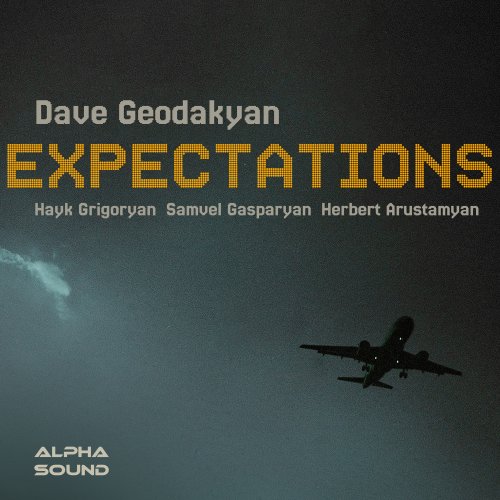Trio Sonnerie - Buxtehude: Trio Sonatas (1987)
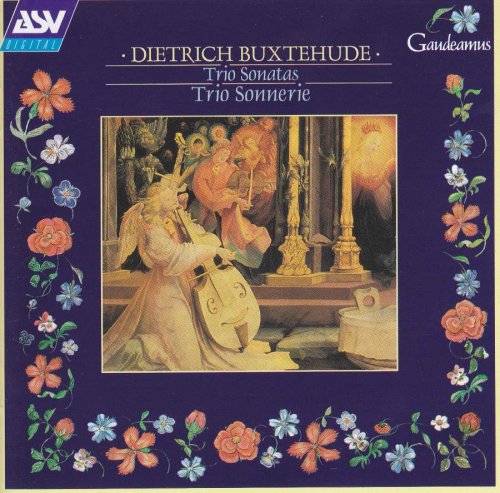
Artist: Trio Sonnerie
Title: Buxtehude: Trio Sonatas
Year Of Release: 1987
Label: ASV Digital
Genre: Classical
Quality: FLAC (image+.cue,log,scans)
Total Time: 46:55
Total Size: 274 Mb
WebSite: Album Preview
Tracklist: Title: Buxtehude: Trio Sonatas
Year Of Release: 1987
Label: ASV Digital
Genre: Classical
Quality: FLAC (image+.cue,log,scans)
Total Time: 46:55
Total Size: 274 Mb
WebSite: Album Preview
1. Sonata Op.1 No.2 in G, BuxWV253 7:08
2. Sonata Op.1 No.4 in B flat, BuxWV255 7:38
3. Sonata Op.1 No.6 in D minor, BuxWV257 8:22
4. Sonata Op.2 No.3 in G minor, BuxWV261 11:33
5. Sonata Op.2 No.2 in D, BuxWV260 11:52
Trio Sonnerie:
Monica Huggett - Baroque Violin
Sarah Cunningham - Viola da Gamba
Mitzi Mayerson - Harpsichord
Trio Sonnerie have chosen five of the 14 sonatas by Buxtehude from the 1690s to demonstrate their considerable fluency and rapport. These are witty and elegant works, finely crafted and requiring the skills of virtuoso players. Monica Huggett and Sarah Cunningham capture their essence with happily chosen and neatly articulated tempos—the vivace movements are effortlessly played—and beautifully transparent textures. Mitzi Meyerson provides a stylish and secure accompaniment, particularly in the G major Largo and the B flat major Vivace (which is, in fact, a chaconne).
While Buxtehude's sonatas are written for three instruments, more often than not there are only two independent parts. In the quick movements the viol is as much an ornamenting adjunct to the continuo as a concertante instrument in imitation with the violin. In the Vivace and Allegro of the B flat Sonata and the first Allegros of the D minor and major sonatas the imitation between parts is stunningly executed. The slow movements are predominantly homophonic, decorated with suspensions and chromatic inflections. The success of the Trio's ornamentation in the Largo of the G major Sonata and the rhetorical interplay in the Lento of the G minor is indicative of their collective musicianship.
The recording balance would generally seem to favour the violin at the expense of the viol (which perhaps would be brighter and less subdued on a CD). Huggett is at her best in the variation movements which show off her imagination as well as her formidable technical resources. Though a less flamboyant player, Cunningham provides a perfect foil; the demands of this fast-moving music mean that the characteristic viol attack is sometimes sacrificed as if the viol were compelled to aspire to the state of a cello. This recording will surely spark off a Buxtehude revival.'
While Buxtehude's sonatas are written for three instruments, more often than not there are only two independent parts. In the quick movements the viol is as much an ornamenting adjunct to the continuo as a concertante instrument in imitation with the violin. In the Vivace and Allegro of the B flat Sonata and the first Allegros of the D minor and major sonatas the imitation between parts is stunningly executed. The slow movements are predominantly homophonic, decorated with suspensions and chromatic inflections. The success of the Trio's ornamentation in the Largo of the G major Sonata and the rhetorical interplay in the Lento of the G minor is indicative of their collective musicianship.
The recording balance would generally seem to favour the violin at the expense of the viol (which perhaps would be brighter and less subdued on a CD). Huggett is at her best in the variation movements which show off her imagination as well as her formidable technical resources. Though a less flamboyant player, Cunningham provides a perfect foil; the demands of this fast-moving music mean that the characteristic viol attack is sometimes sacrificed as if the viol were compelled to aspire to the state of a cello. This recording will surely spark off a Buxtehude revival.'
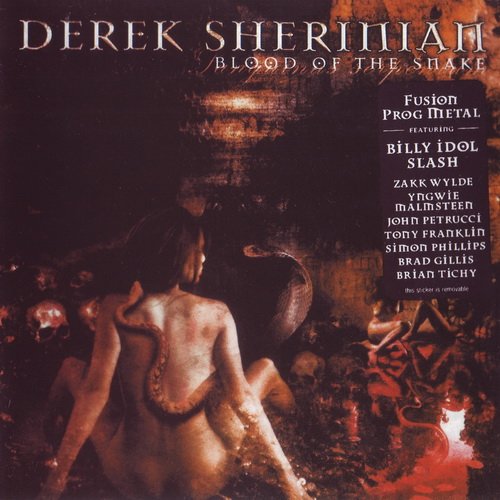
![Art Ensemble Of Chicago - Full Force (1980/2025) [Hi-Res] Art Ensemble Of Chicago - Full Force (1980/2025) [Hi-Res]](https://www.dibpic.com/uploads/posts/2025-12/1766322547_cover.jpg)
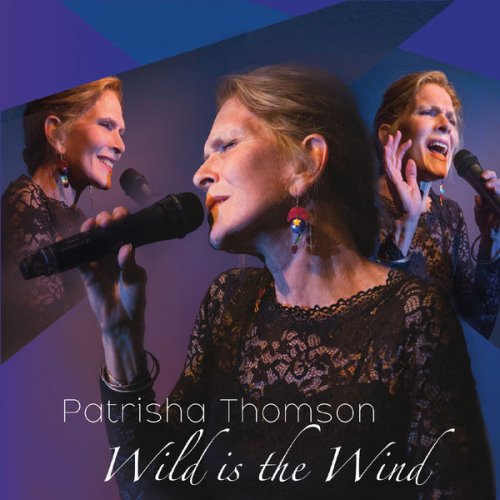
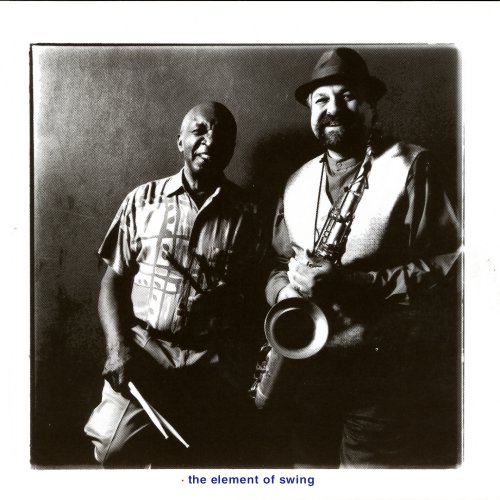

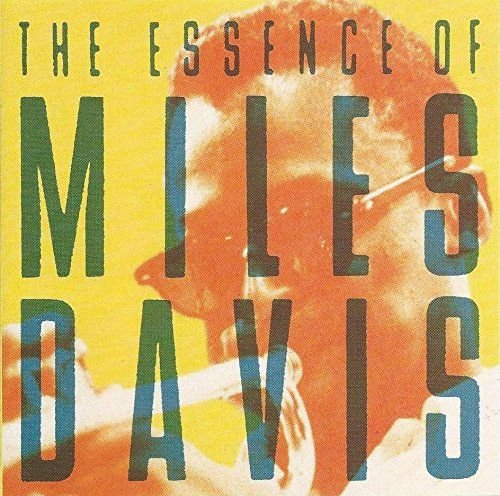
![Alma Micic - You're My Thrill (2024) [Hi-Res] Alma Micic - You're My Thrill (2024) [Hi-Res]](https://www.dibpic.com/uploads/posts/2025-12/1766493943_amyt500.jpg)
![Erwan Keravec - Whitewater (2025) [Hi-Res] Erwan Keravec - Whitewater (2025) [Hi-Res]](https://img.israbox.com/img/2025-12/21/2e6xtjojbwml63os6dxwp1bzj.jpg)
